In the vast tapestry of human history, the evolution of print threads a narrative of innovation, upheaval, and boundless creativity. Our expedition through time begins in the 15th century with the revolutionary invention of the Gutenberg press, a milestone that transformed the landscape of knowledge dissemination. Fast forward a few hundred years and we get up to modern day and the use of Digital Printing and eventually 3D Printing!
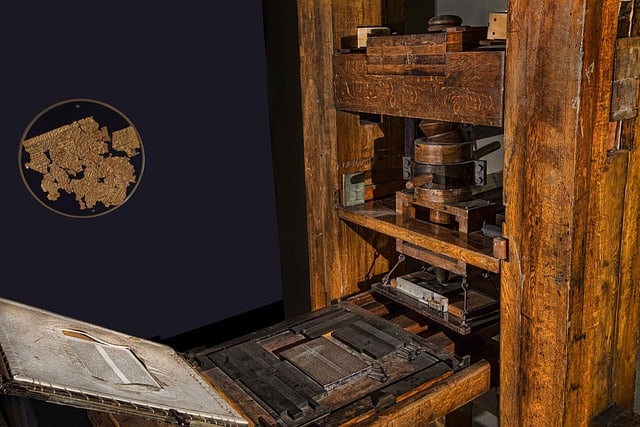
The Gutenberg Press: A Revolution Unleashed
In 1440, Johannes Gutenberg’s invention of the printing press marked a turning point in human history. The movable type and ingenious printing mechanism allowed for the mass production of books, unlocking a wealth of knowledge that had been confined to handwritten manuscripts. The ripple effect of this invention was profound, triggering a cultural renaissance and fundamentally altering the dynamics of education, religion, and communication.
Gutenberg’s press not only democratized information but also accelerated the spread of ideas. Books, once rare and laboriously crafted, became accessible to a broader audience. This democratization laid the groundwork for the Enlightenment, where the printed word became a catalyst for questioning traditional beliefs and fostering intellectual curiosity.
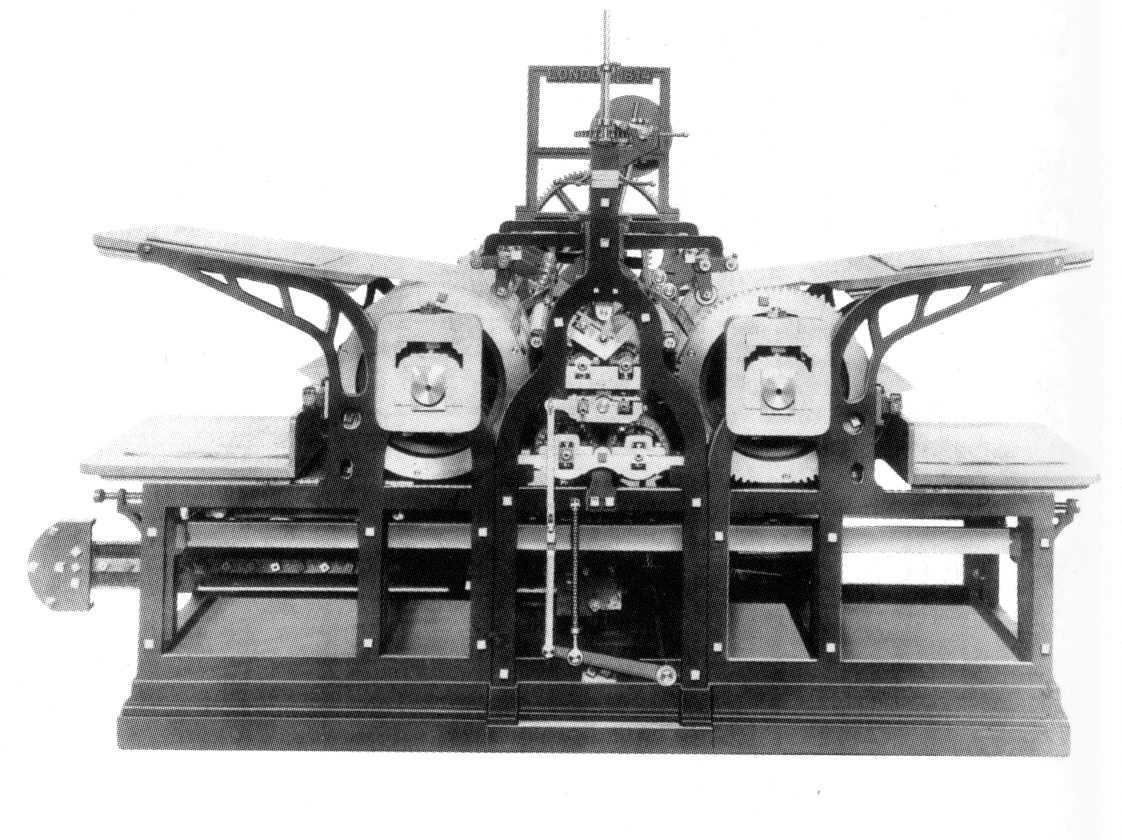
The Industrial Age: Steam-Powered Progress
As the Industrial Age unfolded, steam-powered printing presses became synonymous with progress. The incessant clattering of these machines echoed through burgeoning cities, symbolizing the rapid expansion of print media. Newspapers, magazines, and novels became integral components of daily life, fueling a growing thirst for information.
Print, particularly newspapers, assumed a new role—shaping public opinion. The Fourth Estate emerged as a powerful force, influencing political movements, societal norms, and cultural paradigms. The mass production capabilities of printing presses not only democratized information but also facilitated the rise of a more informed and engaged citizenry.
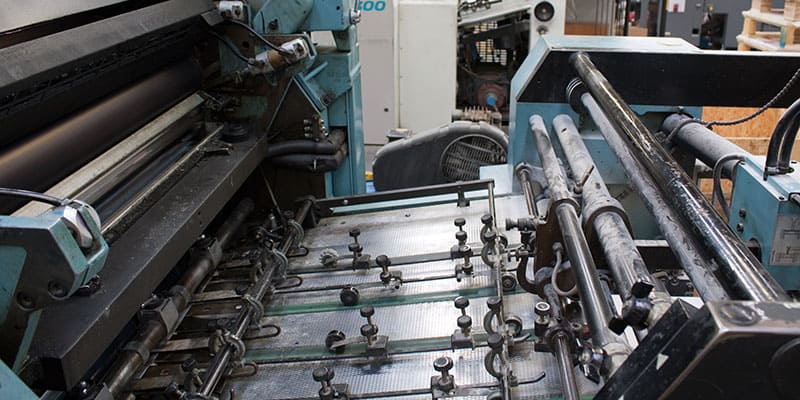
Photolithography and Offset Printing: Precision in Reproduction
The late 19th century witnessed a leap in printing technology with the advent of photolithography and offset printing. These advancements brought unprecedented precision and detail to the reproduction of images and text. The ability to reproduce intricate designs with accuracy revolutionized the fields of advertising and graphic arts.
Color, once a luxury, now became an integral part of print. Advertisements, posters, and magazines exploded with vibrant hues, captivating audiences and ushering in a new era of visual communication. The precision of offset printing allowed for the creation of visually stunning materials that played a crucial role in shaping consumer culture.
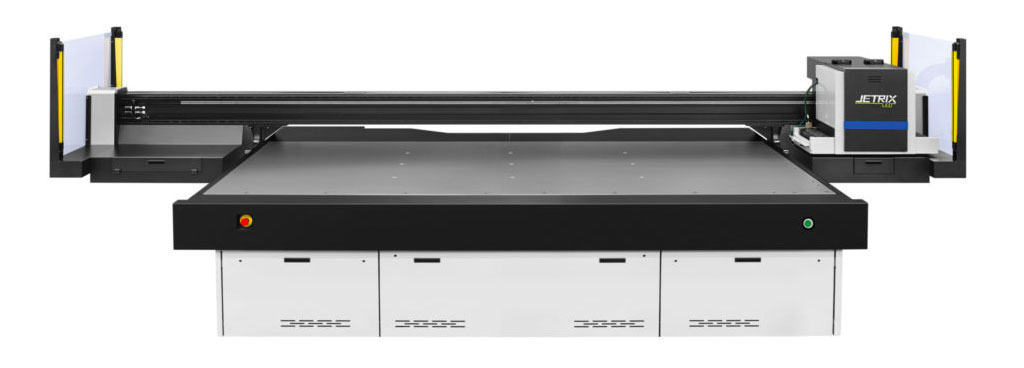
The Rise of Digital Printing
The digital age ushered in a new era for print. Digital printing technology, with its ability to produce high-quality prints on demand, transformed the industry. The flexibility of digital printing allowed for personalized content, shorter print runs, and reduced waste. This shift not only increased efficiency but also opened up avenues for small businesses and individuals to enter the print market.
The rise of digital printing coincided with the explosion of the internet, leading to a convergence of print and digital media. Print materials became more interactive, with QR codes, augmented reality, and personalized URLs seamlessly blending the physical and digital worlds.
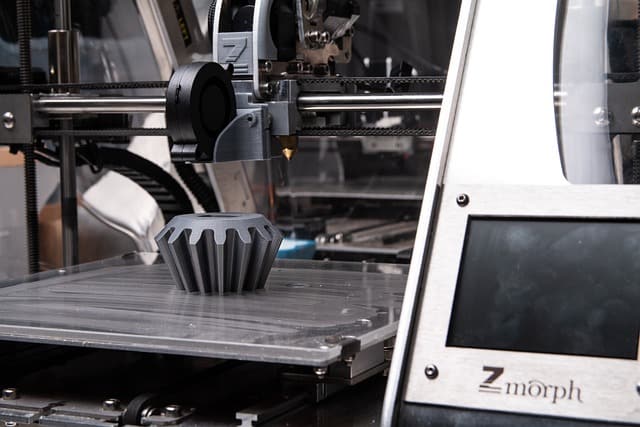
3D Printing: Sculpting the Future
In the 21st century, 3D printing emerged as a revolutionary force in manufacturing and design. Unlike traditional subtractive manufacturing, 3D printing operates on an additive principle, layering materials to create three-dimensional objects. This technology has found applications in diverse fields, from healthcare to aerospace.
In medicine, 3D printing enables the creation of custom implants and prosthetics, tailored to the unique anatomy of individuals. Architects and designers leverage 3D printing for rapid prototyping and intricate model creation. The possibilities seem limitless, from producing spare parts on-demand to constructing entire houses layer by layer.
The Tapestry Continues: Looking Forward
As we gaze into the future, the evolution of print appears poised for further transformation. Nanotechnology holds the promise of enhancing the precision and efficiency of print processes. Artificial intelligence might revolutionize design and personalization, creating more adaptive and responsive print materials.
Sustainability is a driving force in the future of print. Innovations in eco-friendly inks, recycled materials, and energy-efficient printing processes are shaping a more environmentally conscious industry. The concept of “green printing” is becoming integral to the ethos of modern print companies, aligning with a global commitment to sustainable practices.
The journey from Gutenberg’s press to the marvels of 3D printing is not merely a technological progression; it’s a testament to human ingenuity, adaptability, and the persistent quest for innovation. The evolution of print is a dynamic narrative that continues to unfold, leaving an indelible mark on the way we disseminate information, communicate ideas, and shape the world around us.
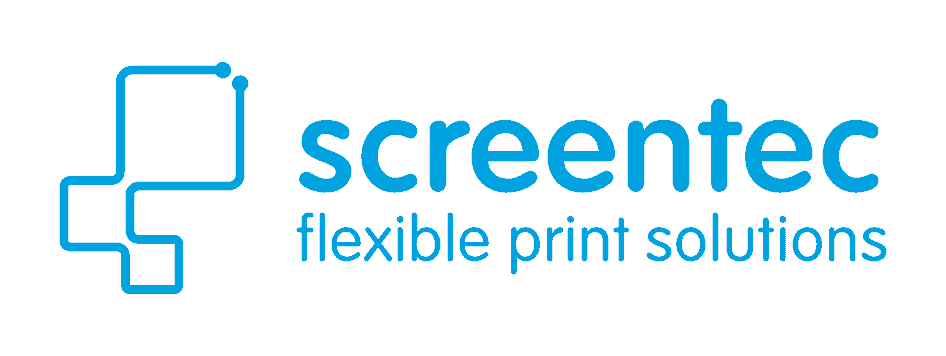
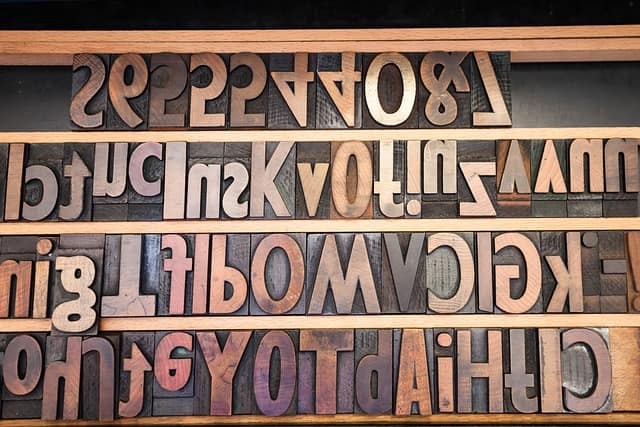
Recent Comments